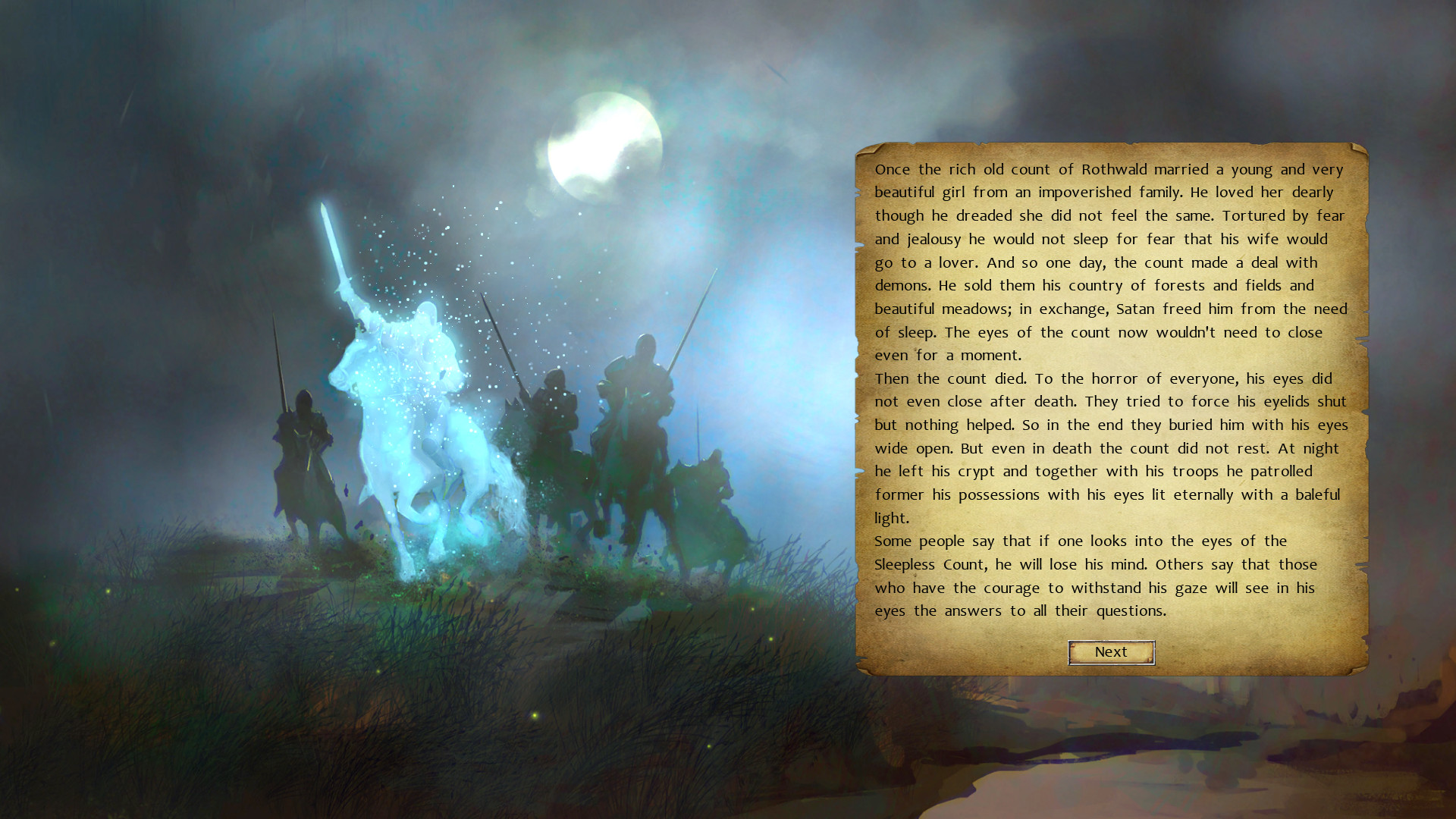

Today, few scientists believe that there is a simple “gene for” anything. In recent years, however, faith in the explanatory power of genes has waned. The basic idea, however, that the low-MAOA gene is a major contributing cause of violence has become widely accepted, and it is now commonly called the “warrior gene”. The judge turned down the appeal, saying that the law was not ready to accept such evidence. In 2005 in Hall County, Georgia, Stephen Mobley tried to avoid execution by claiming that his murder of a Domino’s pizza store manager was the result of a mutation in the monoamine oxidase A (MAOA) gene. For virtually every aspect of life – criminality, fidelity, political persuasion, religious belief – someone would claim to find a gene for it. “We try to be cautious on days like this,” said the ABC news anchor, “but this map marks the beginning of an era of discovery that will affect the lives of every human being, with implications for science, history, business, ethics, religion, and, of course, medicine.”īy that time, genes were no longer simply the key to understanding health: they had become the skeleton key for unlocking almost all the mysteries of human existence. Ten years later, Bill Clinton and Tony Blair were among the guests gathered to “celebrate the revelation of the first draft of the human book of life”, as Francis Collins, the director of the Human Genome Project, put it. Yet these diseases are at the root of many current societal problems.” Genes would help us uncover the secrets of all kinds of ills, from the psychological to the physical. Illnesses such as manic depression, Alzheimer’s, schizophrenia, and heart disease are probably all multigenic and even more difficult to unravel than cystic fibrosis. Daniel Koshland, then editor of the prestigious journal Science, captured the mood when he wrote: “The benefits to science of the genome project are clear. The launch in 1990 of the Human Genome Project, which aimed to map the complete sequence of human DNA, came at the beginning of a decade that would mark the high point of optimism about how much our genes could tell us. It is perhaps understandable that Spector got caught up in gene mania. Today, he looks back on this as part of his “overzealous genetic phase”. As “one of the many scientists who took the gene-centric view of the universe for granted”, Spector wanted “to prove them wrong, and to prove that there’s nothing that’s not genetic to some extent”. At the time, however, “social scientists hated the idea” that genes were an important determinant of who we were, “particularly in those rather controversial areas like IQ, personality and beliefs”. From the start of his research in the early 1990s, it became evident to Spector that identical twins were always more similar than brothers or sisters or non-identical twins. Professor Tim Spector has been studying identical twins at King’s College London for more than 20 years. But isn’t all that thinking things over irrelevant if our final decision was already written in our genetic code? And doesn’t the whole edifice of personal responsibility collapse if we accept that “my genes made me do it”? To address these concerns, we first need to look a bit more closely at what the experiences of identical twins really show. We like to think that we make choices on the basis of our own conscious deliberations. The idea that unconscious biological forces drive our beliefs and actions would seem to pose a real threat to our free will. Researchers have even suggested that when it comes to issues such as religion and politics, our choices are much more determined by our genes than we think. Other studies at the world-leading Minnesota Center for Twin and Family Research suggest that many of our traits are more than 50% inherited, including obedience to authority, vulnerability to stress, and risk-seeking. A great deal of who they would turn out to be appears to have been written in their genes. They smoked and drank the same amount and got headaches at the same time of day.” The similarities were uncanny.

They shared interests in mechanical drawing and carpentry their favourite school subject had been maths, their least favourite, spelling. When University of Minnesota psychologist Thomas Bouchard met them in 1979, he found, as a Washington Post article put it, both had “married and divorced a woman named Linda and remarried a Betty.

James Springer and James Lewis were separated as one-month-olds, adopted by different families and reunited at age 39. W henever you read stories about identical twins separated at birth, they tend to follow the template set by the most remarkable of them all: the “two Jims”.


 0 kommentar(er)
0 kommentar(er)
